Owning a home comes with many different repairs and considerations in keeping the condition of the home at its best. But when you factor mold into the mix, things become a bit more complicated.
First, if you can’t see it or smell it, mold can be tough to spot in your home.
Second, trying to get rid of mold can be much more difficult, especially if it’s located in a larger region. And if you have hidden mold in your home, you could unknowingly be putting your health at risk.
5 Signs Mold Is Growing in Your House
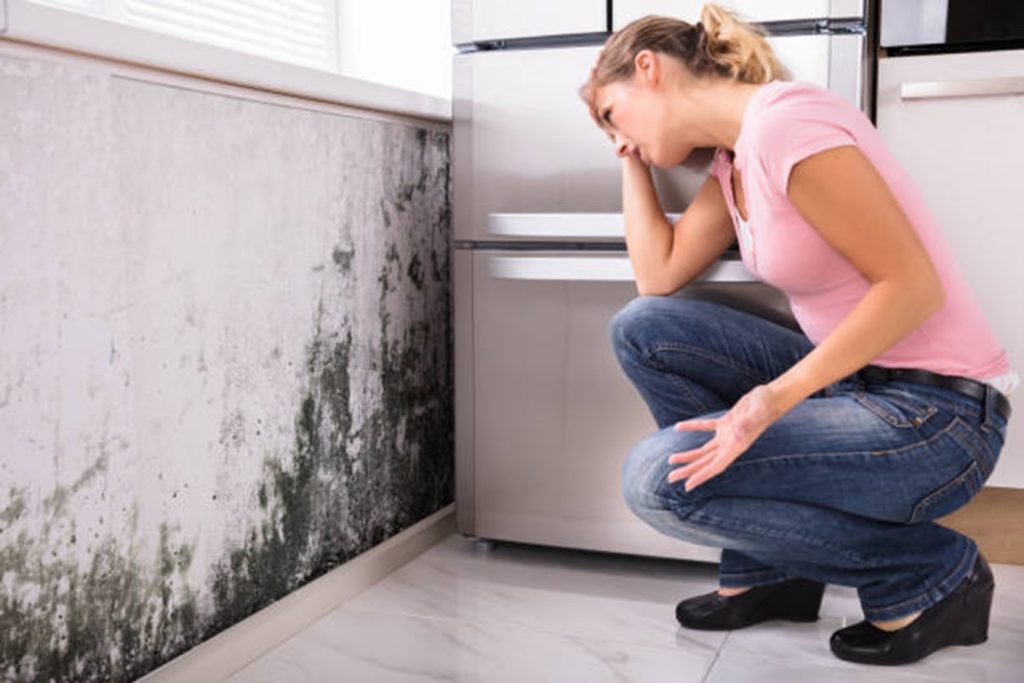
Mold comes in a variety of colors and shapes, with black mold being one of the most commonly found types in homes. Mold colors range from brown or green to blue and pink, and even white.
Regardless of what kind of mold you have, it’s best to eliminate it from your home as soon as possible.
Mold can be hard to detect in some cases. It’s commonly found in basements and bathrooms, where there’s plenty of condensation and moisture.
Poorly ventilated dryers, dishwashing machines, flooding, and leaks can also provide growing conditions for mold issues.
When checking for mold, there are 5 things to keep in mind:
1. Flooding or Water Leaks
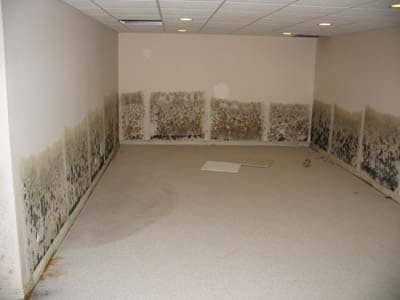
If you’ve ever had flooding or a water leak in your house, there’s a high possibility mold is sprouting in areas impacted by water. Mold can grow underneath your floorboards and behind your walls’ paint. It’s commonly located behind the wall near leaking sink pipes.
Keep an eye out for paint or wallpaper bubbles and cracks as well as bulging or distorted walls as those items indicate the presence of mold underneath the surface.
Finally, check for water stains or discoloration on your walls, floors, and ceilings, as these are signs of potential and likely mold growth below the surface.
2. Condensation
Condensation on your doors and windows indicates there is moisture in your home, which inevitably leads to mold. Condensation is a sign of high relative humidity in your home.
Mold thrives in humid areas because it requires moisture to reproduce and thrive. A good dehumidifier can be a good investment because it lets you control the moisture levels in your home, decreasing the amount of dampness that creates a breeding ground for mold. In addition, consider a mold inspection to help properly identify and eliminate any mold that already has grown due to the moist conditions.
3. Symptoms of Illness
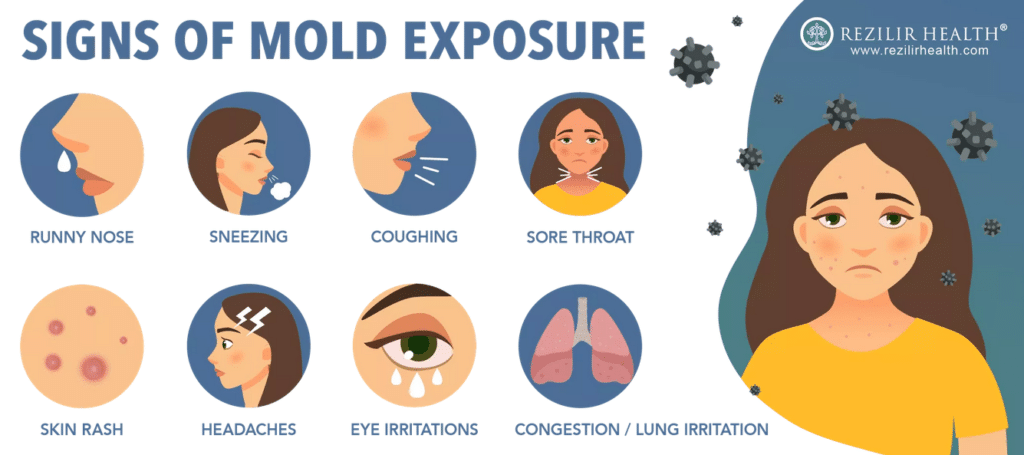
Mold sickness is an indicator of mold exposure and can be severe in certain instances. If you have allergies or asthma, mold can aggravate your symptoms to the point you might feel very ill.
Spending time outside your home to check if your symptoms persist is one way to test if you’ve a mold problem in your home. If your symptoms improve while you’re away, it’s possible you have mold in your home.
Mold infestation symptoms include a runny or itchy nose, watery eyes, coughing, sneezing, and skin irritations.
4. Strange Odors
A moldy, earthy stench is among the strongest indicators of mold. Remember – you might not always be able to see mold, so if you suspect you smell it, get a mold inspection to determine the exact source and location of the mold infestation.
5. Visible Mold Growth
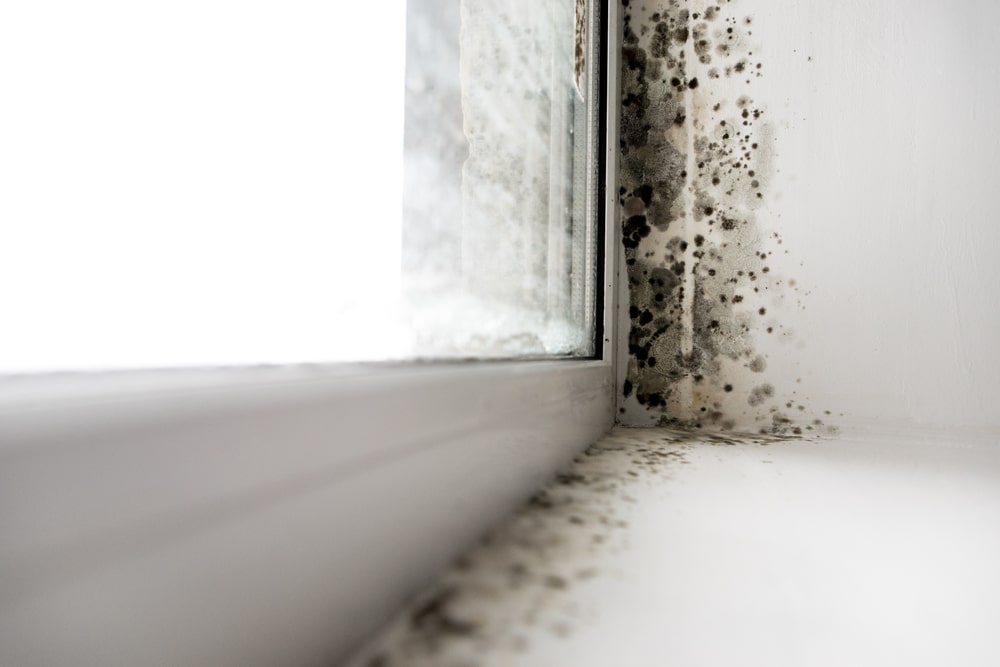
Visible mold is an obvious indicator of its presence in your home. Black mold is a splotchy, black or brownish mold that spreads rapidly. It’s important to act quickly even if you detect a small patch of black mold.
Green, blue, and pink mold are additional types of mold that are commonly found in homes. On walls and ceilings, white mold is more difficult to detect with the naked eye. Look for fluffy veins that appear to be crawling out of a central spore.
How to Test for Mold
Mold testing is typically performed by professionals so if you suspect mold in your house, it’s best to contact a certified inspector to identify the mold issue for you. In areas of the home where mold is most prone to grow, your mold inspector will use a specialized mold test kit to assess its presence.
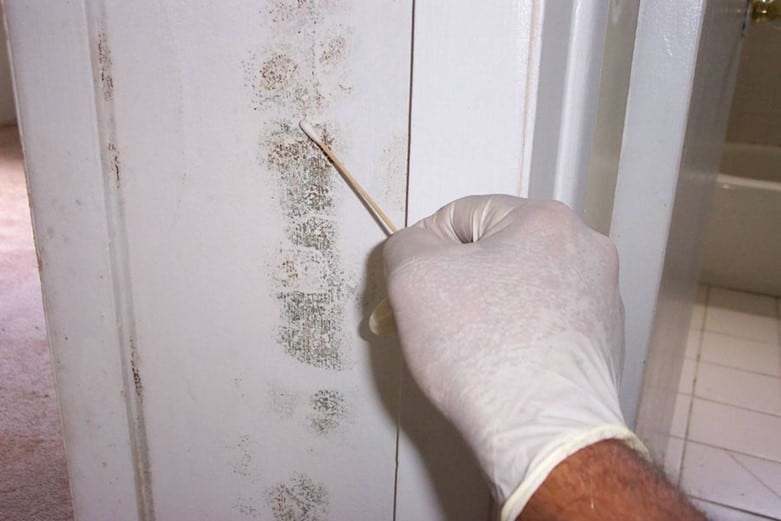
Mold Prevention
The best way to avoid contamination in your house is to repair any leak or moisture. However only fixing leaks won’t be enough to tackle all your mold issues. Mold grows anywhere there is dampness so after a leakage is patched, make sure all of the liquid and moisture has been drained and eliminated from the area.
Mold Removal
Although harmless amounts of mold can be cleaned up with a 50/50 bleach and water solution, trying to eliminate mold on your own is not recommended. This is because improper techniques can cause the spores to spread to other areas and create a larger problem.
If you really must clean up small mold spots, protect yourself and wear a face mask to prevent inhaling mold spores. It’s best to to contact a professional mold remediation service for larger, more complex mold issues.
Mold treatment professionals can properly identify and assess your mold situation and eliminate mold and its underlying issues. They can also offer recommendations on how to prevent it from returning.
If you have any additional questions or have concerns about a potential mold issue in your home and you reside in the DC Metro area, please feel free to contact the experts at Moldgone today by calling 301.873.9164



Recent Comments